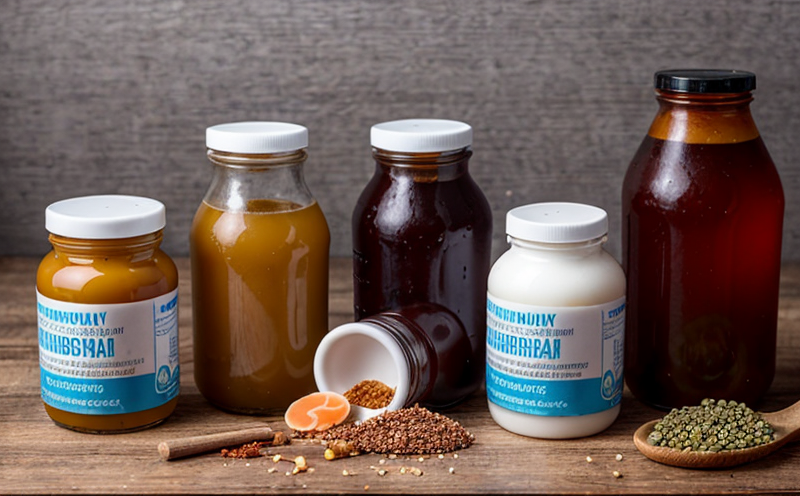WHO Standards Quality Assurance Testing for Probiotic Foods
The World Health Organization (WHO) standards in microbiology testing are paramount for ensuring the safety and efficacy of probiotic foods. This service ensures compliance with WHO guidelines, which are designed to protect public health by providing clear and specific methodologies for evaluating the quality and safety of food products containing live microorganisms.
Probiotic foods are typically defined as those that contain viable micro-organisms consumed in sufficient quantities to confer a health benefit on the host. Testing these products against WHO standards guarantees their integrity, ensuring they meet stringent requirements regarding potency, stability, and safety. This service encompasses multiple facets of microbiological analysis including enumeration techniques for probiotic strains, viability assessments, and safety evaluations.
Enumeration methods used may include viable count plates (e.g., MRS agar), direct plate counts, or turbidometric methods such as the TOSO method. Viability is assessed through staining procedures like LIVE/DEAD® Bacterial Viability Kit (LDA) microscopy, which distinguishes live from dead cells based on fluorescent dyes. Safety evaluations involve detection of potential pathogens and toxins using PCR assays, ELISA tests, or culture-based methods.
The testing process begins with meticulous sample preparation tailored to the type of probiotic product being analyzed—whether it be a dairy, beverage, or supplement formulation. Appropriate dilution steps ensure accurate quantification while avoiding over-concentration that could lead to errors in enumeration.
Instrumentation plays a crucial role in this service. Automated colony counters provide precise counts of colonies forming units (CFUs) on agar plates, whereas flow cytometers offer quantitative analysis at the single-cell level for assessing viability and purity. For more complex analyses like detecting biogenic amines or other potential contaminants, high-performance liquid chromatography (HPLC), gas chromatography-mass spectrometry (GC-MS), and mass spectrometry-based proteomics may be employed.
The results from these tests are then compiled into comprehensive reports detailing all findings along with comparisons against WHO standards. These documents serve as critical tools for quality assurance departments, regulatory bodies, and R&D teams involved in developing new probiotic products or improving existing ones.
Applied Standards
| Standard | Description |
|---|---|
| WHO Microbial Risk Management Guidelines for Foods Containing Live Microorganisms | Provides guidelines for the production, processing, distribution, and consumption of foods containing live microorganisms. |
| ISO 17604:2013 Food microbiology - Enumeration of lactic acid bacteria in fermented products by direct plating on MRS agar | Details the procedure for counting Lactobacillus species and other Gram-positive, catalase-negative rods like Streptococcus thermophilus. |
| ASTM D5813-06 Standard Practice for Preparation of Microbiological Samples from Foods | Describes procedures for sampling various types of food products and preparing them for microbiological analysis according to WHO standards. |
Why Choose This Test
- Ensures compliance with international health organization guidelines.
- Provides reliable data essential for regulatory submissions and market entry.
- Supports research & development efforts aimed at improving product formulations.
- Minimizes risks associated with microbial contamination or inadequate viability levels.
The WHO standards are recognized globally due to their stringent quality control measures, making them an ideal benchmark for testing probiotic foods. Compliance with these standards can enhance consumer trust and improve brand reputation by demonstrating a commitment to safety and efficacy.
Quality and Reliability Assurance
- Multistep validation process involving preliminary screening, quantitative analysis, and final confirmation.
- Use of advanced instrumentation and validated protocols ensures consistent results across all samples.
- Regular calibration and quality checks maintain equipment accuracy throughout the testing cycle.
- Inter-laboratory comparison studies ensure consistency among different facilities performing similar tests.
Our laboratory adheres to strict quality management systems that guarantee reliability in every aspect of our microbiological testing services. From sample receipt through final reporting, we employ best practices outlined by WHO and other relevant organizations.





